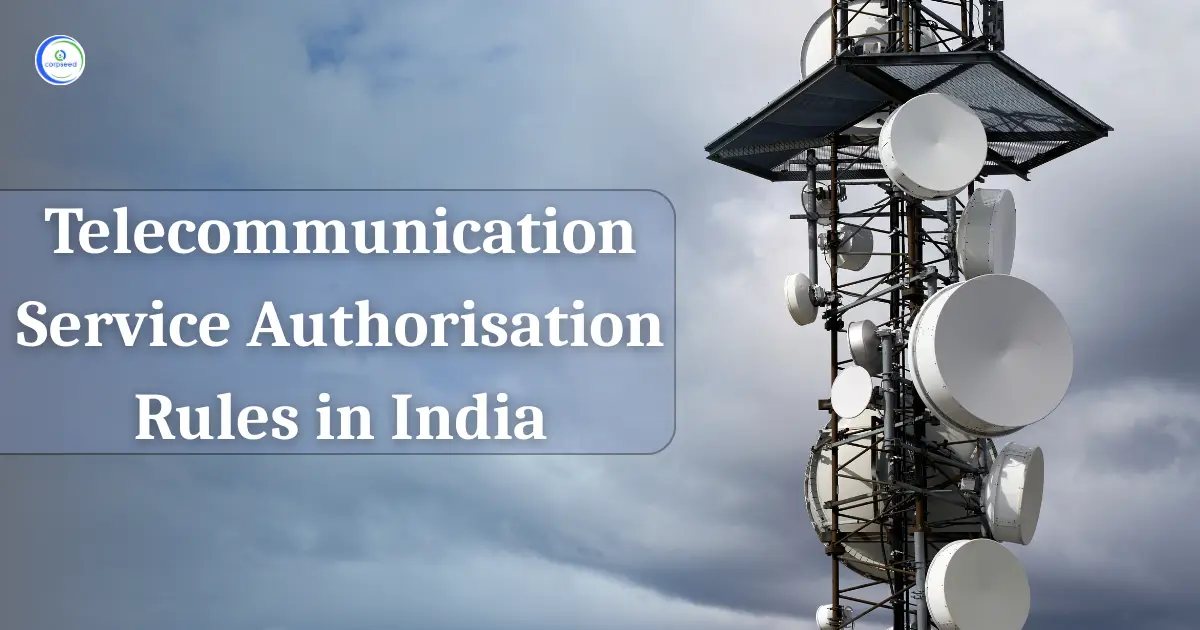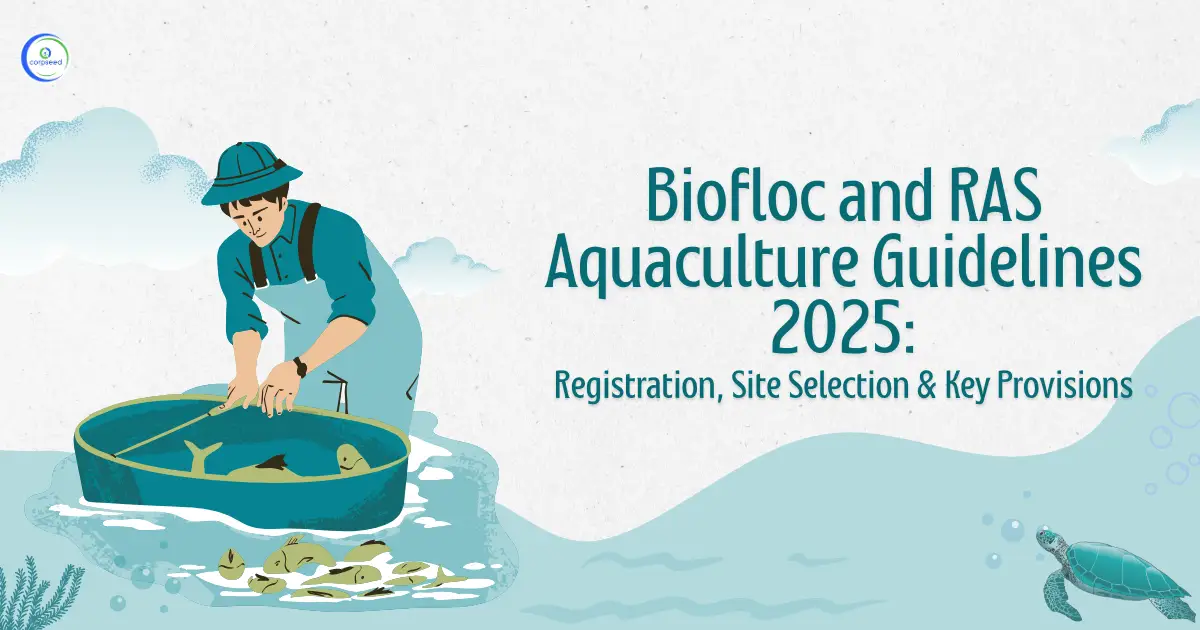Introduction: American National Standards Institute
The American National Standards Institute is a non-profit private association that oversees the creation of voluntary standards of consensus in the United States for goods, programs, procedures, structures, and workers. U.S. specifications are also organized by the association with international standards so that American products can be used internationally.
Table of Contents
--------------Blog Contact Form-------------
ANSI accredits standards that are established by other standards association members, government departments, consumer associations, corporations, and others. These criteria ensure that the product features and performance are compatible and the same meanings and concepts are used by individuals and that products are evaluated the same way. ANSI also accredits organizations that, in compliance with the criteria specified in international standards, carry out product or staff certification.
The ANSI accreditation mark is a sign of quality that is respected worldwide by employers, company executives, hiring managers, and credential holders. After its implementation in 2003, ANSI's worker's accreditation scheme based on the ANSI/ISO/IEC 17024:2012 international standard, Compliance Assessment-General criteria for operating individual certification bodies, helped the certification programs make the journey from good to great. About 5.2 million individuals worldwide and counting hold the certification of an ANSI-approved organization.
Value for ANSI / ISO / IEC 170244 Accreditation
- The ANSI mark signals to an employer that the credential holder has carried out a true, fair, and reliable evaluation to ensure that he/she has the requisite skills to practice.
- An extra layer of legal protection against invalid claims is provided by ANSI accreditation.
- Many federal agencies, such as the U.S. Department of Defence, the Department of Energy, Federal and State OSHA, and the FDA, depend on ANSI accreditation as it guarantees the competence of the certification program.
- Responsibility and transparency introduced in the ANSI process assist with compliance appraisal certificates that can contribute to reduced liability insurance.
The ISO 9000 series standards have been adopted by some 45 countries and, in the Indian sense, its equivalent standard is the Bureau of Indian Standards 14000 series (BIS). The series is known as the ANSI / ASQC Q 9000 series in the United States.
The standard is rooted in the Directives on product liability of the European Community (EC) of July 1985 (also known as the Single Market Directives), which state that a well-documented and enforced Quality Assurance Program for such regulated goods will be required for manufacturers exporting to the EC and ultimately to the European Free Trade Association.
Established in 1987 and revised roughly every five years by the ISO Technical Committee 176, the guidelines contain five documents focusing on quality assurance systems.
The five articles are as follows:
- ISO 9000 9000
Quality management and quality assurance standards-Criteria for selection and use.
- ISO 9001
Quality management-Design, production, installation, and servicing quality control model. This is the most detailed norm for 20 clauses.
- ISO 9002 9002
Quality structures-Manufacturing model for quality assurance and implementation. To this degree, there are 18 clauses.
- ISO 9003
Quality Management-Process of quality control during final inspection and assessment. To be in compliance, 12 clauses are required.
- Quality Control and Device Quality Elements-Guidelines.
ANAB
Detailed procedures for the accreditation of certification bodies under the ANSI National Accreditation Board (ANAB) Framework and Procedures for the Accreditation of Product Certification Programs are included in this Manual of Operations. It sets out the roles and responsibilities of the parties concerned and the appropriate procedures for the assessment and monitoring needed to demonstrate the initial and ongoing fulfillment of the ANAB Policy, ISO/IEC 17065, and other specifications contained in this document. ANAB is structured and works in a way that preserves the objectivity and impartiality of its operations.
ANAB accreditation in accordance with ISO/IEC 17065
In order for a certification body to apply for ANAB accreditation in compliance with ISO/IEC 17065, one or more certification schemes covering its certification activities shall be run by that certification body.
Application for accreditation
The application for the accreditation program applies to all the required details to be submitted by the applicant, including scheme-specific information. The applicant shall request an insurance certificate or other proof of conformity with ISO/IEC 17065 or have appropriate provisions to cover risks resulting from its activities and/or operations.
Any other available material which assists ANAB in evaluating the application must be given by the applicant.
The application shall provide the basis for the fulfillment by the bodies carrying out assessment activities of one or more of the following international requirements, as applicable:
- ISO/IEC 170255 17025
- ISO/IEC 17020201
- ISO/IEC 17021-11
On receipt of the completed application, ANAB acknowledges receipt of the application, all requested information, and the application fee.
Using ANAB specifications as specified in the ANAB Policies, ISO/IEC 17065, and any other relevant certification scheme requirements, ANAB evaluates the application for completeness. The applicant may be asked for additional details and/or clarification. ANAB uses a method to determine the conformity evaluation scheme.
Document review and Initial Assessment
After approving the application and collecting the requested application fee, ANAB reviews the application and selects the members of the evaluation team on the basis of their expertise for the particular scope(s) for which accreditation is sought and there is no possible conflict of interest.
The applicant shall be informed of the names of the proposed evaluation team members, including, if applicable, any technical expert(s), and of the organization to which they belong. If the applicant objects to any team member(s) or expert(s), ANAB must include written objections to any team member(s) and/or expert(s) with justification no later than 10 days from the date of the proposal. If ANAB is considered to be justified by the applicant's objections to any suggested team members, ANAB will recommend the names of alternate assessors.
The evaluation team evaluates the applicant's application and any accompanying documents. The Lead Assessor is responsible for ensuring that all the necessary tasks are performed by the evaluation team. Before the accreditation process continues, the applicant may be requested by the team leader to provide additional data/clarifications/corrections. The goal of the examination is to decide whether the certification body complies with the requirements of ANAB, ISO/IEC 17065, and any other relevant requirements of the scheme. Using the information obtained from the evaluation team, ANAB could decide not to proceed with an additional evaluation based on the non-conformities discovered during the review of the document. In such a case, the non-conformities are stated to the applicant in writing.
ANAB assessors analyze the non-conformities found during the review of the document and weigh the risk (a mixture of effect and probability) associated with the fulfillment of competency, consistency, and impartiality criteria by the certification body when choosing the activities to be assessed. The evaluation team arranges with the applicant a mutually satisfactory plan for on-site headquarters, on-site or remote key/critical position evaluation, and witness evaluation(s).
Key/critical locations are chosen during the initial evaluation to ensure that adequate reliable evidence can be obtained to verify the execution of the documented certification protocols and of all certification schemes within the scope.
- If a certification body operates a certification scheme spread across multiple key/critical locations with no single key/critical location housing all certification activities, then evaluations cover as many additional key/critical locations and key activities as necessary to gather objective information to verify the implementation of documented procedures.
- If more than one certification scheme is run by the certification body, then the tests cover as many additional key/critical locations as appropriate to validate the execution of the recorded procedures.
Decision on Accreditation
After the initial accreditation review has been completed, ANAB selects two or three qualified ACC members who have not declared a dispute with the applicant to act as an appraisal task force (ETG). If any of the suggested names are objected to by the claimant, ANAB will have alternate names to serve as members of the ETG. The ETG checks the initial accreditation of the applicant's accreditation records. The findings of the ETG review shall be forwarded to the staff of ANAB, including a recommendation concerning the accreditation decision.
At a minimum, the details given to the ETG:
- evaluation report
- the product approval body's special identification;
- date(s) of the evaluations;
- the name(s) of the evaluator(s) and/or experts involved in the evaluations;
- unique identification of all assessed premises; and
- the existing scope of accreditation which has been tested.
- a declaration as to the adequacy of the internal organization and the procedures followed by the product certification body in order to offer confidence in its competence, as defined by the fulfillment of the accreditation requirements;
- details on the resolution of all non-conformities;
- any additional details which can help to assess the fulfillment of the specifications, including the competence requirements of a product certification body;
- a recommendation, where appropriate, to grant or reduce accreditation for the proposed scope; and
- ISO/IEC 17020, ISO/IEC 17021-1, and ISO/IEC 17025 fulfillment basis, as appropriate, for bodies carrying out assessment activities.
ANAB employees prepare a recommendation for the accreditation decision of the ACC based on the ETG conclusion. The recommendation shall be forwarded to the ACC for a vote on the grant or revocation of accreditation in compliance with the operating procedures of the Committee (PRO-PL-103).
The reason for rejection is reported if the Committee votes to refuse accreditation.
Following the ACC's approval, ANAB shall inform the applicant of the approval in writing. This notice shall contain details concerning the scope of accreditation. If the ACC votes not to approve the accreditation, ANAB shall immediately notify the applicant in writing and shall provide the basis for the decision of the ACC along with details on any additional steps which the applicant should consider necessary to take. In compliance with the appeals process, the applicant can also appeal the ruling
Accreditation
ANAB sends a Certificate and Scope of Accreditation to the newly approved body. A combination of the accreditation certificate and the directory of accreditation of the ANAB specifies the following:
- name and the emblem of the ANAB accreditation authority;
- the name, if different, of the, approved certification body and the name of the legal entity;
- the exclusive identity of the approved certification body for products;
- name/identification of the scheme(s) for certification;
- Type of scheme for certification (product, process, or service);
- locations of the accredited certification body and, as the case may be, all premises from which one or more of the main activities covered by the accreditation are carried out;
- the effective date of the award of accreditation and the expiry date, as applicable;
- a declaration of conformity and a reference to ISO/IEC 17065 and/or any other regulatory document(s), including the issuance or revision of a conformity assessment body used for the assessment; and
- indication of, or reference to, the technical scope of accreditation (e.g., ICS codes or categories of scope specified by the owner of the Scheme, or standard(s) or other regulatory documents (s) and/or regulatory standards to which, where applicable, the product, process, and services are accredited.
This portion of the site is for informational purposes only. The content is not legal advice. The statements and opinions are the expression of author, not corpseed, and have not been evaluated by corpseed for accuracy, completeness, or changes in the law.
BOOK A FREE CONSULTATION
Get help from an experienced legal adviser. Schedule your consultation at a time that works for you and it's absolutely FREE.








